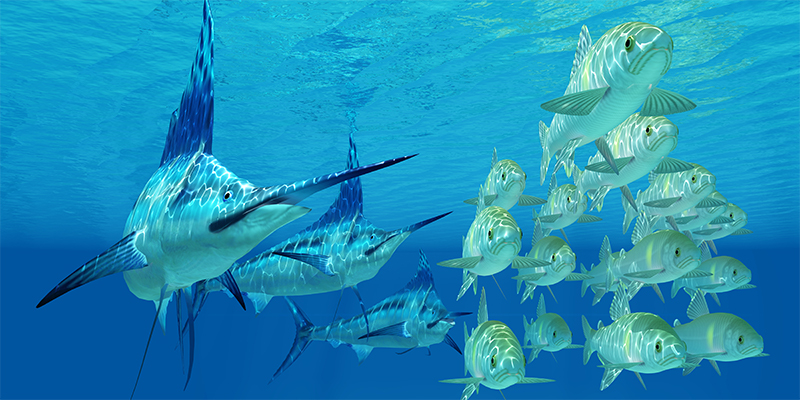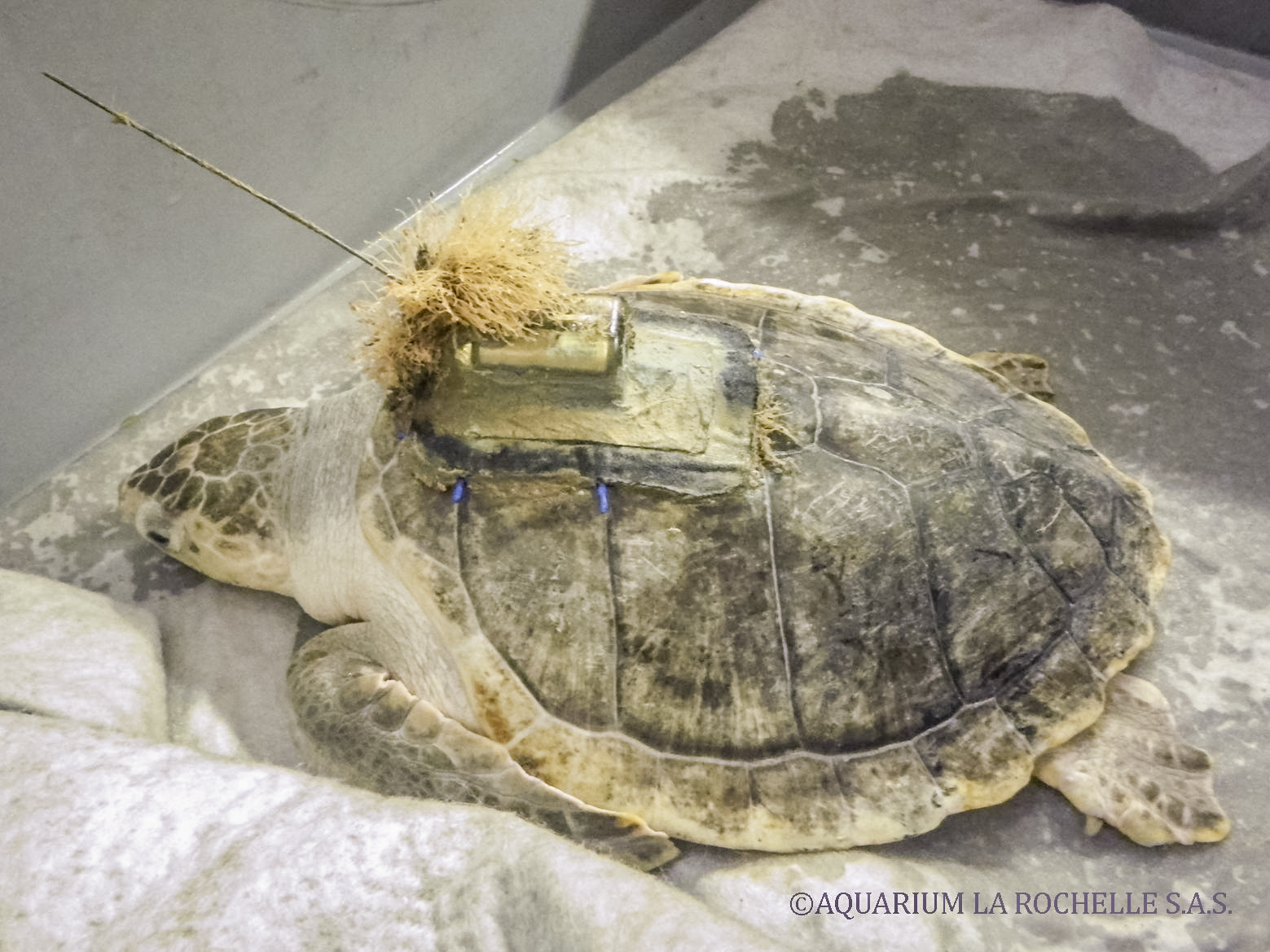Habitat Use and Migrations of Shortfin Mako in the Atlantic Using Satellite Telemetry
Read the update from ICCAT on habitat use and migrations of shortfin Mako in the Atlantic. Two separate studies were undertaken—a study on stock boundaries, movement patterns, and habitat and one on post-release mortality of discarded specimens. Two models of Wildlife Computers tags were used...




